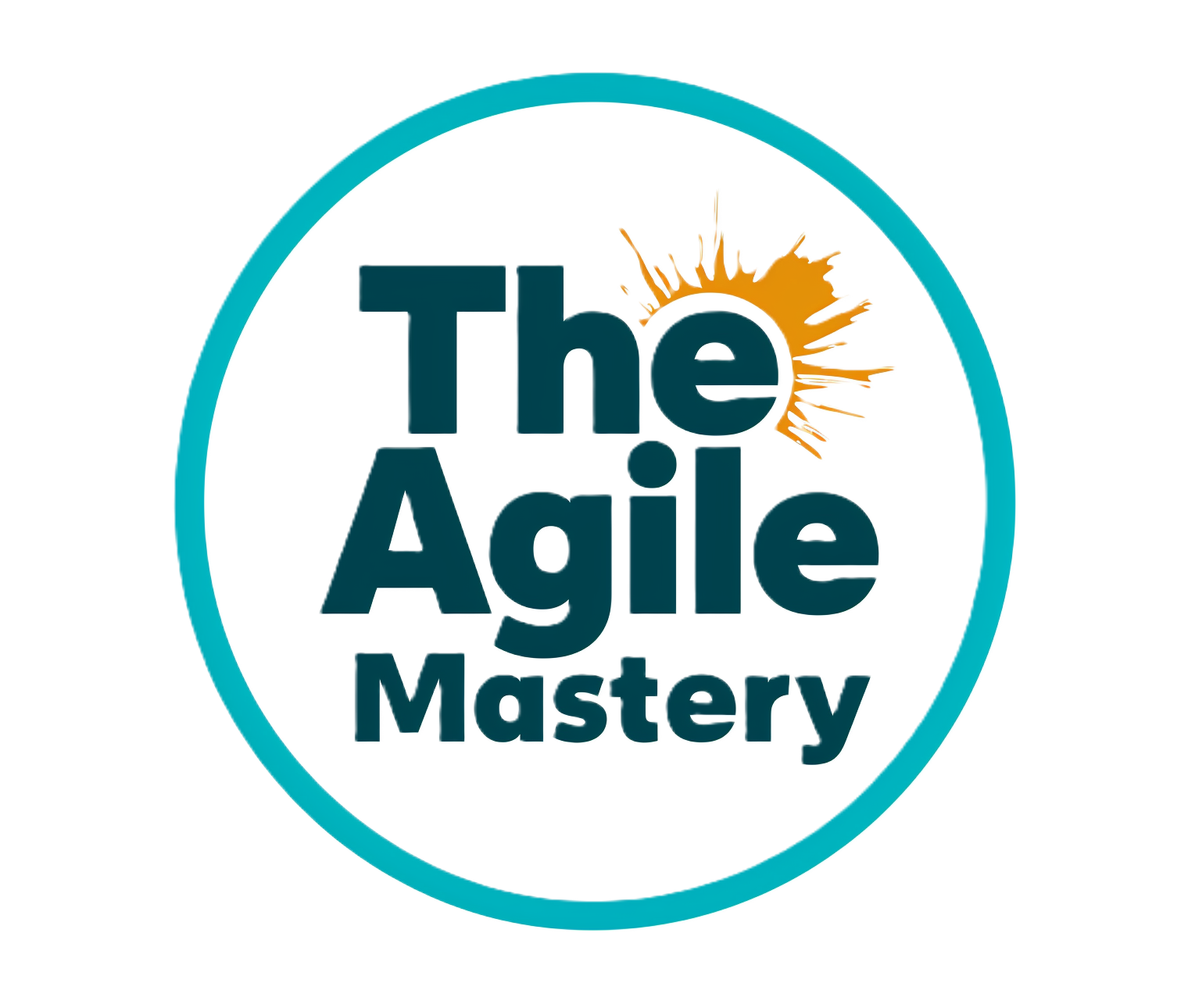Why Do We Usually Use the Fibonacci Sequence for Story Points in Agile?
In Agile development, the Fibonacci sequence is a widely adopted method for estimating story points. The Fibonacci sequence is a series of numbers where each number is the sum of the two preceding ones, typically starting with 0 and 1. The sequence commonly used in Scrum estimation is 1, 2, 3, 5, 8, 13, 21, and so on. This article explores why the Fibonacci sequence is preferred for story point estimation and the benefits it brings to Agile teams.

Key Reasons for Using the Fibonacci Sequence
- Reflects Natural Uncertainty:
- As the size and complexity of a task increase, the uncertainty in estimation also increases. The Fibonacci sequence, with its increasing gaps between numbers, naturally reflects this growing uncertainty. For instance, the difference between estimating a task as 1 or 2 points is relatively small, but the difference between 8 and 13 points is significant, acknowledging the higher uncertainty in larger tasks.
- Encourages Discussion:
- The larger gaps in the Fibonacci sequence prompt teams to discuss and debate the reasons behind their estimates, especially when there are significant differences in opinions. This collaborative discussion helps in uncovering potential risks, dependencies, and complexities that might not be immediately apparent.
- Simplifies Estimation:
- Using a non-linear scale like Fibonacci simplifies the estimation process by preventing teams from spending too much time on precision. The focus shifts to providing a reasonable range rather than an exact figure, which is often more practical in a complex and dynamic development environment.
- Promotes Relative Estimation:
- The Fibonacci sequence reinforces the concept of relative estimation, where tasks are compared against each other in terms of effort and complexity. This method is more intuitive and often more accurate than trying to assign absolute time estimates to each task.
- Reduces Over-Analysis:
- The Fibonacci sequence limits the number of possible estimates, which helps prevent over-analysis and “analysis paralysis.” Teams can quickly categorize tasks without getting bogged down in fine-grained distinctions.
- Facilitates Group Consensus:
- During estimation sessions like Planning Poker, the Fibonacci sequence helps teams reach a consensus more quickly. The predefined set of values provides a common language and framework for discussion, making it easier to converge on an agreed estimate.
Examples of Fibonacci Sequence in Use
- Simple Feature Implementation
- User Story: “As a user, I want to reset my password so that I can regain access to my account.”
- Estimation: The team might quickly agree that this task is relatively simple and assign it a 3 Story Points.
- Moderate Feature Development
- User Story: “As an admin, I want to generate monthly usage reports so that I can analyze user activity.”
- Estimation: This task might involve several steps and dependencies, leading the team to estimate it as an 8 on the Fibonacci sequence after some discussion.
- Complex Integration Task
- User Story: “As a system, I need to integrate with a third-party payment gateway so that users can make purchases securely.”
- Estimation: Due to the complexity and potential for unknown issues, the team might estimate this task as a 21 on the Fibonacci sequence, reflecting significant effort and uncertainty. Side note – dealing with such huge items you probably want to split it into more digestable pieces of delivery and estimate them individually
Conclusion
The Fibonacci sequence is a powerful tool for story point estimation in Agile development. Its ability to reflect natural uncertainty, encourage discussion, simplify estimation, promote relative estimation, reduce over-analysis, and facilitate group consensus makes it an ideal choice for Agile teams. By adopting the Fibonacci sequence, teams can improve their estimation accuracy, enhance collaboration, and ultimately deliver higher-quality products more efficiently.
And that is another step to The Agile Mastery…
